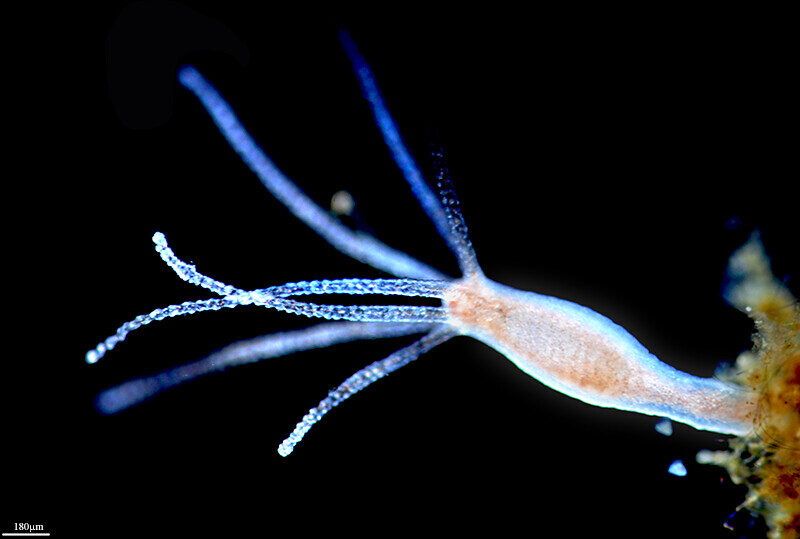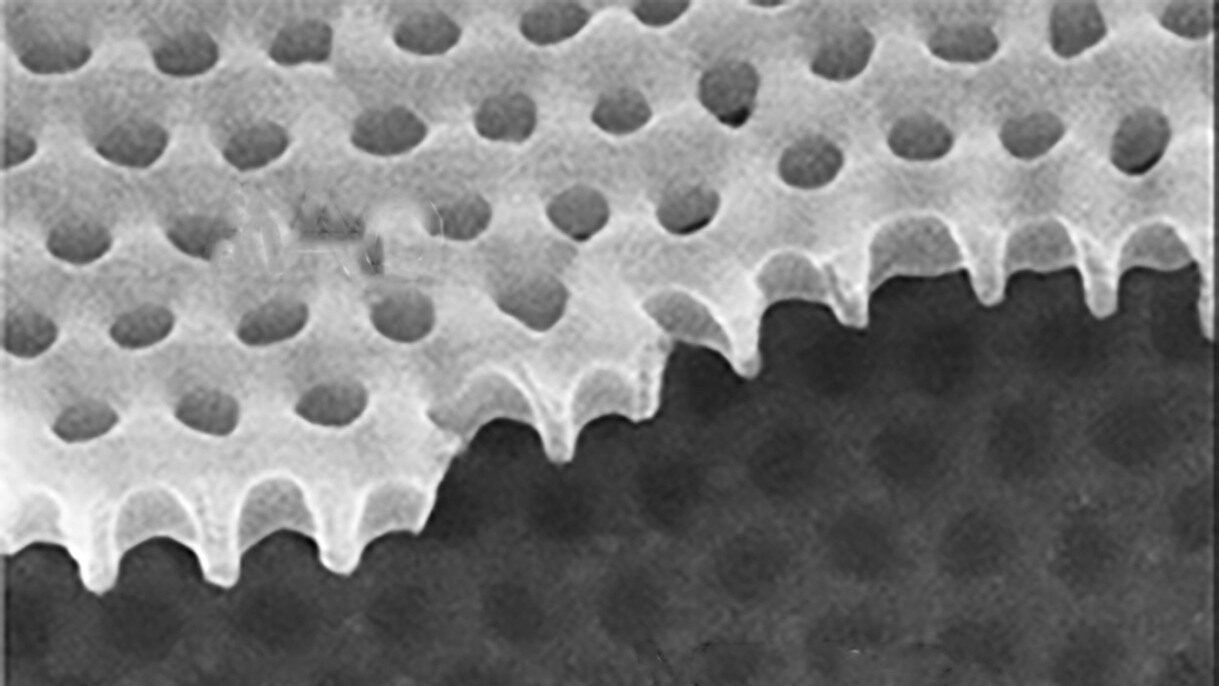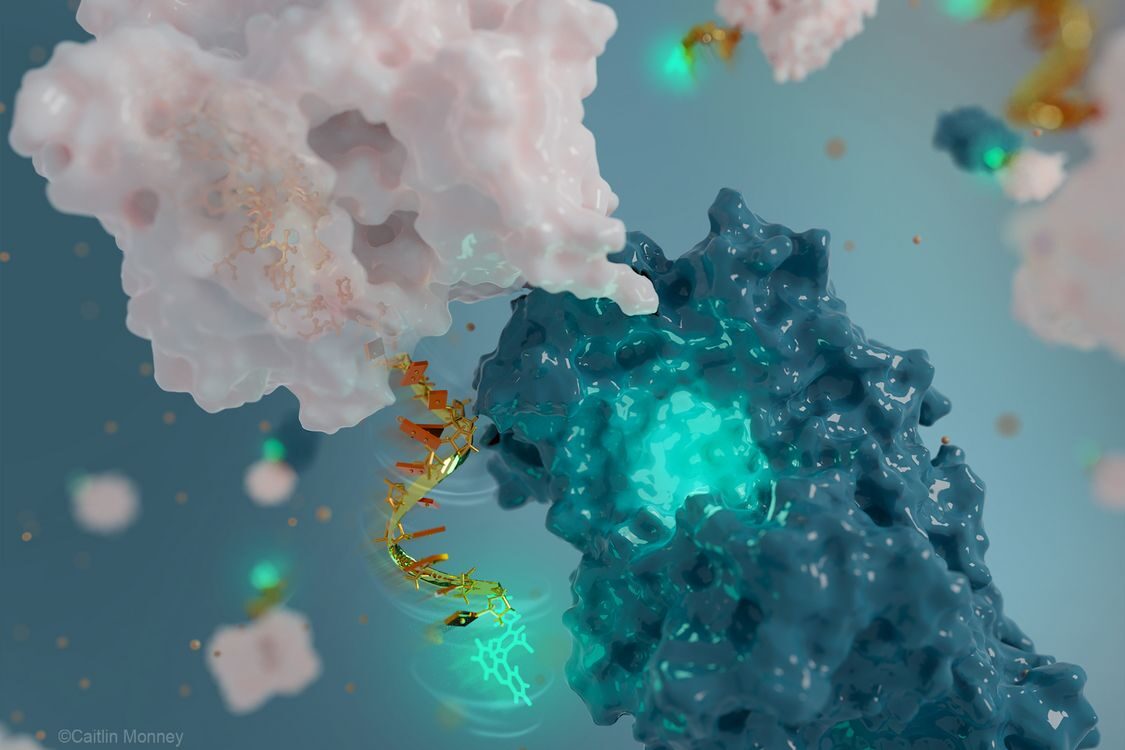OF THE
TIMES


Sunspot counts have exceeded predictions for 15 straight months. The monthly value at the end of December 2021 was more than twice the forecast, and the highest in more than 5 years.
From Simon Shuster:
James Lawrence Powell graduated from Berea College with a degree in geology. He earned a PhD in geochemistry from the Massachusetts Institute of Technology and has several honorary degrees, including Doctor of Science degrees from Berea College and from Oberlin College. He taught geology at Oberlin College for over twenty years and served as Acting President of Oberlin, President of Franklin and Marshall College, President of Reed College, President of the Franklin Institute Science Museum in Philadelphia, and President and Director of the Los Angeles County Museum of Natural History. President Reagan and later, President George H. W. Bush, appointed him to the National Science Board, where he served for twelve years. Asteroid 1987 SH7 is named for him. In 2015, he was elected a Fellow of the Committee for Skeptical Inquiry (CSI).

Comment: Twitter user Kaya Masters makes an excellent point: